Tapestry by Carole King
Buy Tapestry After spending most of the 1960s writing hits for other artists, Carole King started a solo career at the dawn of the 1970s. Her 1971 second studio album, Tapestry, became her […]
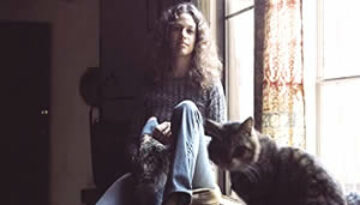
Buy Tapestry After spending most of the 1960s writing hits for other artists, Carole King started a solo career at the dawn of the 1970s. Her 1971 second studio album, Tapestry, became her […]
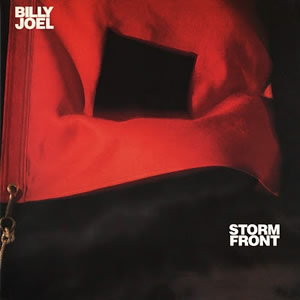
Buy Storm Front With Storm Front, his eleventh overall studio album, Billy Joel made a concerted effort to radically change his approach on several levels. First, he discharged a few members of the […]
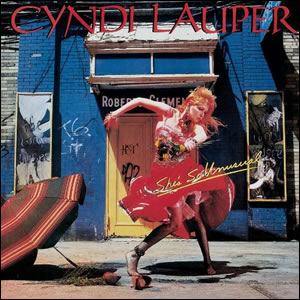
Buy She’s So Unusual One of the most successful pop debuts ever, She’s So Unusual by New Yorker Cyndi Lauper, went on to spawn four top-five hits, a first for a debut album […]

Buy Ritchie Blackmore’s Rainbow Originating as a side project for Ritchie Blackmore while he was still the guitarist for Deep Purple, Ritchie Blackmore’s Rainbow turned out to be the debut studio album for […]
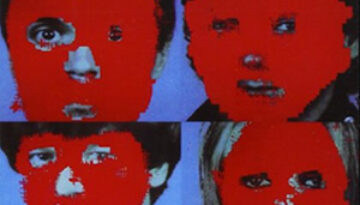
Buy Remain In Light Remain In Light is far from your typical rock album. In fact, a case might be made that it is not really a rock album at all. However, this widely […]

Buy Pretzel Logic At first glance, Steely Dan‘s third album, Pretzel Logic, may seem almost too short and efficient. Many of the songs do not even reach three minutes in length and the […]
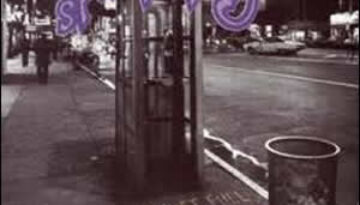
Buy Pocket Full of Kryptonite As the Grateful Dead’s long career began to wind down in the early nineties, there were many pseudo-hippie, jam-oriented bands that emerged to fill the void for the […]
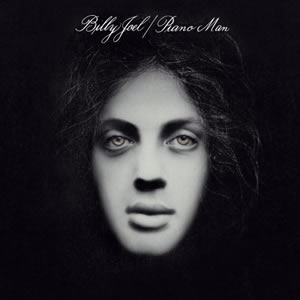
Buy Piano Man While in the midst of a bitter legal with his first label Family Records, Billy Joel sought exile in Los Angeles, biding his time as a lounge singer under the […]
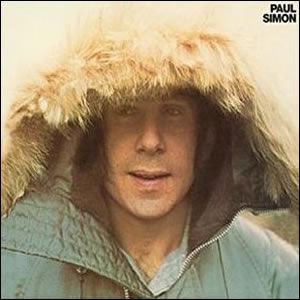
Buy Paul Simon Staking his own claim in the musical landscape, Paul Simon began exploring world influences with his 1972 eponymous album. It was his first post Simon and Garfunkel album, and let […]
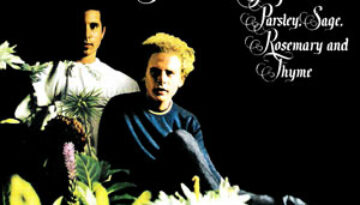
Buy Parsley Sage Rosemary Thyme Although Parsley, Sage, Rosemary and Thyme is officially the third album by Simon & Garfunkel, they certainly did not take the traditional path to get to this point. […]